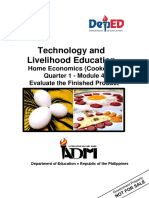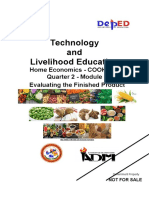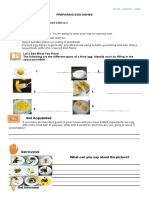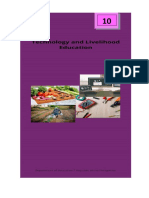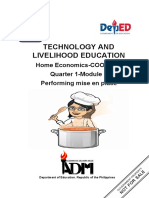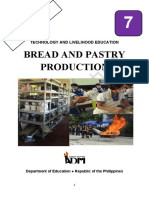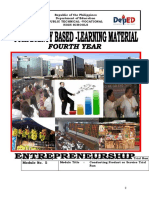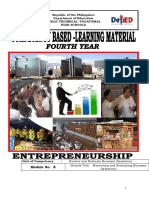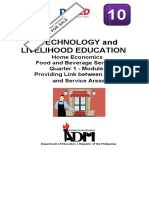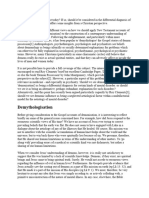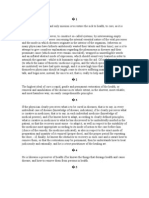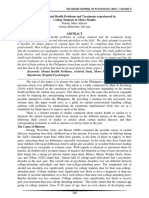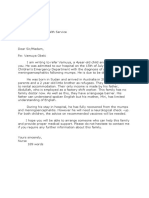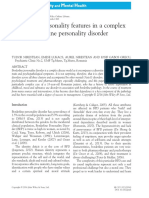100% found this document useful (1 vote)
2K views24 pagesCOOKERY 10 Module 3
Uploaded by
Kristel AcordonCopyright
© © All Rights Reserved
We take content rights seriously. If you suspect this is your content, claim it here.
Available Formats
Download as DOCX, PDF, TXT or read online on Scribd
100% found this document useful (1 vote)
2K views24 pagesCOOKERY 10 Module 3
Uploaded by
Kristel AcordonCopyright
© © All Rights Reserved
We take content rights seriously. If you suspect this is your content, claim it here.
Available Formats
Download as DOCX, PDF, TXT or read online on Scribd
/ 24



